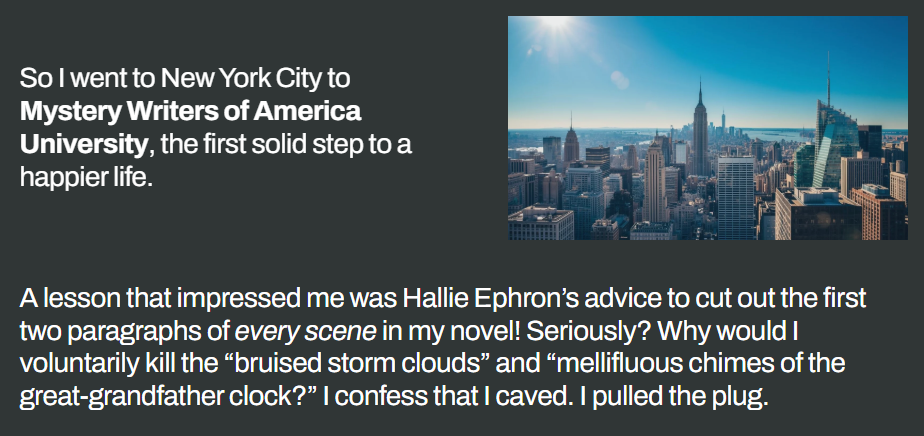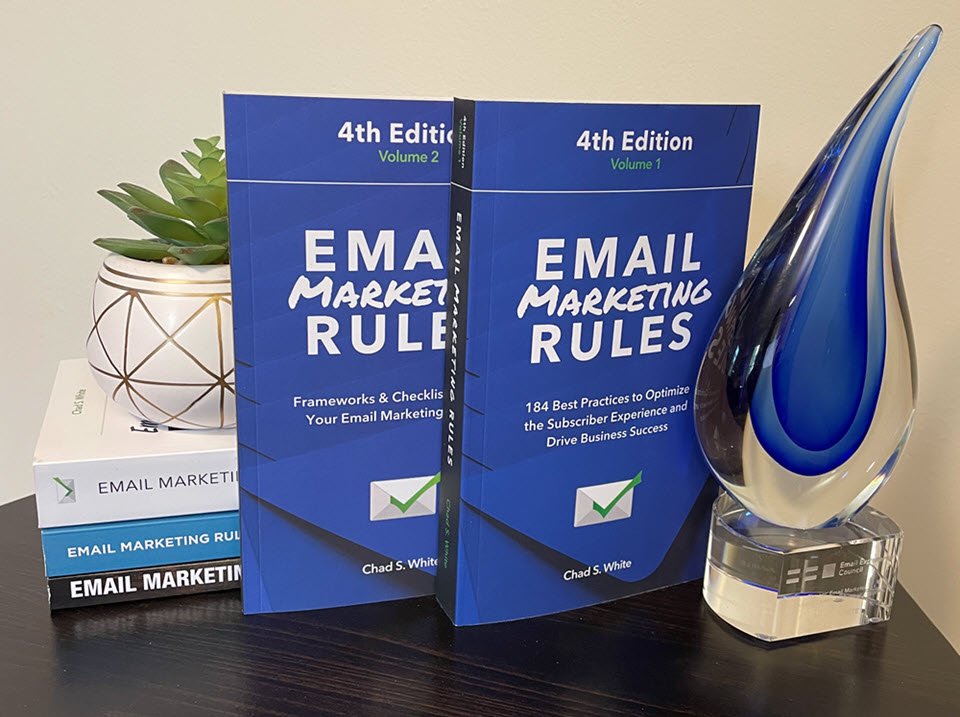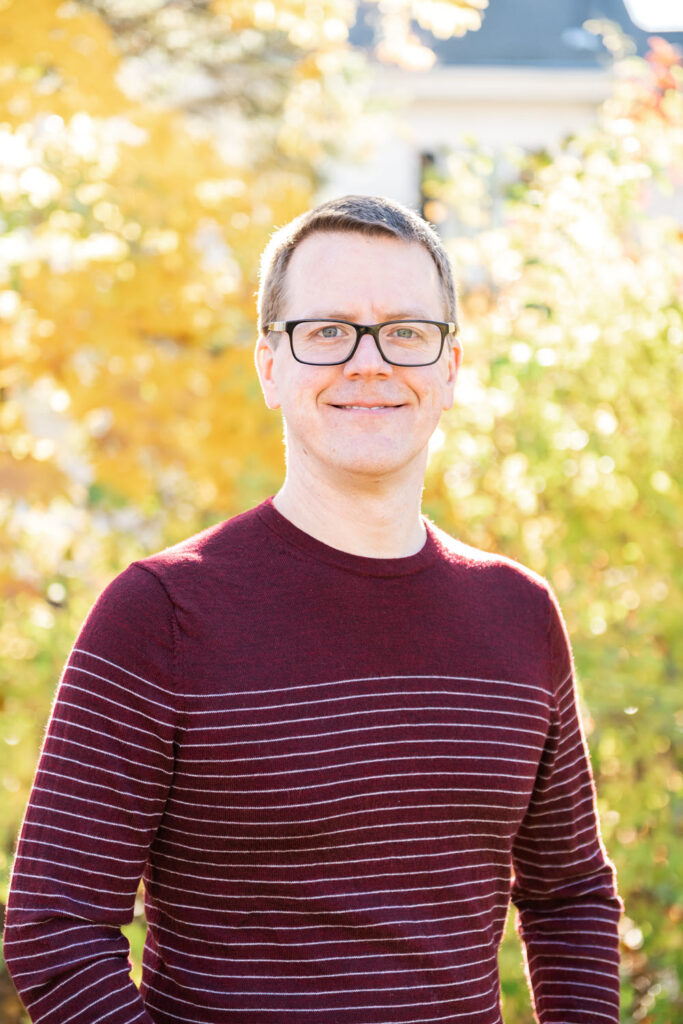Cutting your ‘warmup sentences’
When I was a journalist, one of the tricks I was taught was to delete the first sentence of the article I was writing. That’s because that first sentence is often a “warmup sentence.” It’s a sentence you write just to get into your story and into the flow. It’s that second sentence that’s usually much stronger and the true start of the story.
I was reminded of this while reading a post from Roselyn Teukolsky, the author of A Reluctant Spy. While attending Mystery Writers of America University, novelist Hallie Ephron advised her to “cut out the first two paragraphs of every scene” in her novel.

Since novels are so much longer than articles, it makes sense that it might take extra time to get into the flow of a chapter or scene. I definitely experienced that in spades when writing chapter 1 of the first book of my dystopian sci-fi trilogy.
During the fourth revision, I cut about 1,500 words from the opening chapter, with most of that coming right off the top. That’s right, the true beginning of my novel was buried under 1,500 words of unnecessary exposition that included two characters that are never seen again.
There’s nothing wrong with writing warmup sentences—or warmup paragraphs or pages. They’re often a necessary part of the writing process. The trick is to identify them during revisions and cut them.
To receive future posts for free or to become a Patron and support my dystopian sci-fi novel and get special thank-you goodies upon its publication, subscribe on Substack →

